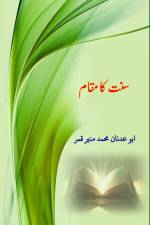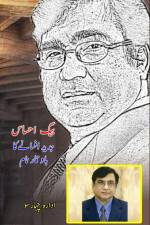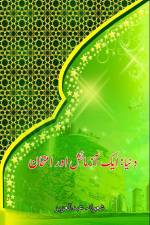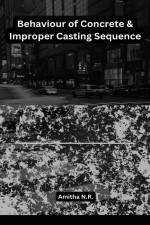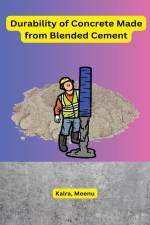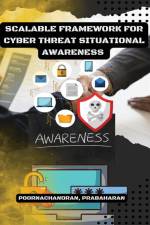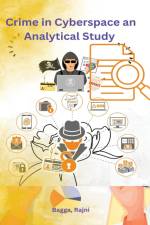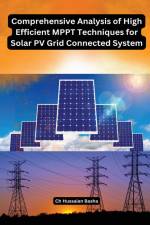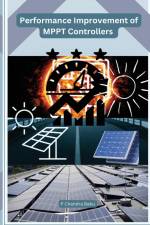av Bagga Rajni
529,-
"Crime in Cyberspace: An Analytical Study" is a comprehensive and insightful book that delves into the world of cybercrime, providing an in-depth analysis of its various dimensions and implications. Authored by experts in the field of cybersecurity and criminology, this book serves as an essential resource for researchers, law enforcement professionals, policymakers, and anyone interested in understanding and combating cybercrime.In this book, the authors explore the evolving landscape of crime in cyberspace, examining the motivations, methods, and impact of cybercriminal activities. They employ an analytical approach to dissect the complex nature of cybercrime, shedding light on its underlying factors, patterns, and trends. The book covers a wide range of cybercrimes, including hacking, identity theft, fraud, cyberbullying, online harassment, data breaches, and more.Key topics covered in this book include:Introduction to cybercrime: The authors provide an overview of cybercrime, its definitions, and its significance in the digital age. They discuss the unique challenges posed by cybercrime, such as anonymity, global reach, and the rapidly evolving nature of technology.Types of cybercrime: The book explores different categories of cybercrime, offering detailed insights into the various techniques employed by cybercriminals. It covers computer intrusion, phishing, ransomware attacks, social engineering, intellectual property theft, and other prevalent forms of cybercrime.Cybercriminal motivations and profiles: The authors delve into the motivations and characteristics of cybercriminals. They examine factors such as financial gain, ideology, revenge, and thrill-seeking, providing a nuanced understanding of the individuals or groups behind cybercriminal activities.The impact of cybercrime: The book addresses the far-reaching impact of cybercrime on individuals, organizations, and society as a whole. It discusses financial losses, reputational damage, privacy breaches, psychological effects, and the erosion of trust in online environments.Cybercrime investigation and prevention: The authors explore investigative techniques, tools, and strategies employed in cybercrime detection and prevention. They discuss digital forensics, incident response, threat intelligence, and the role of collaboration between law enforcement agencies, private organizations, and international bodies.Legal and policy considerations: The book examines the legal and policy frameworks surrounding cybercrime. It analyzes existing laws, regulations, and international treaties aimed at combating cybercrime, highlighting the challenges and opportunities for effective law enforcement and international cooperation.Emerging trends and future challenges: The authors discuss emerging trends in cybercrime, such as the rise of cryptocurrencies, the Internet of Things (IoT), and artificial intelligence (AI)-based attacks. They also explore the future challenges that law enforcement and cybersecurity professionals may face as technology continues to evolve.Throughout the book, the authors provide real-world examples, case studies, and practical insights to illustrate the complexities of cybercrime and the strategies employed to combat it. By presenting a comprehensive analytical study of crime in cyberspace, this book equips readers with the knowledge and tools necessary to understand, investigate, and mitigate the ever-growing threat of cybercrime in our interconnected digital world.

